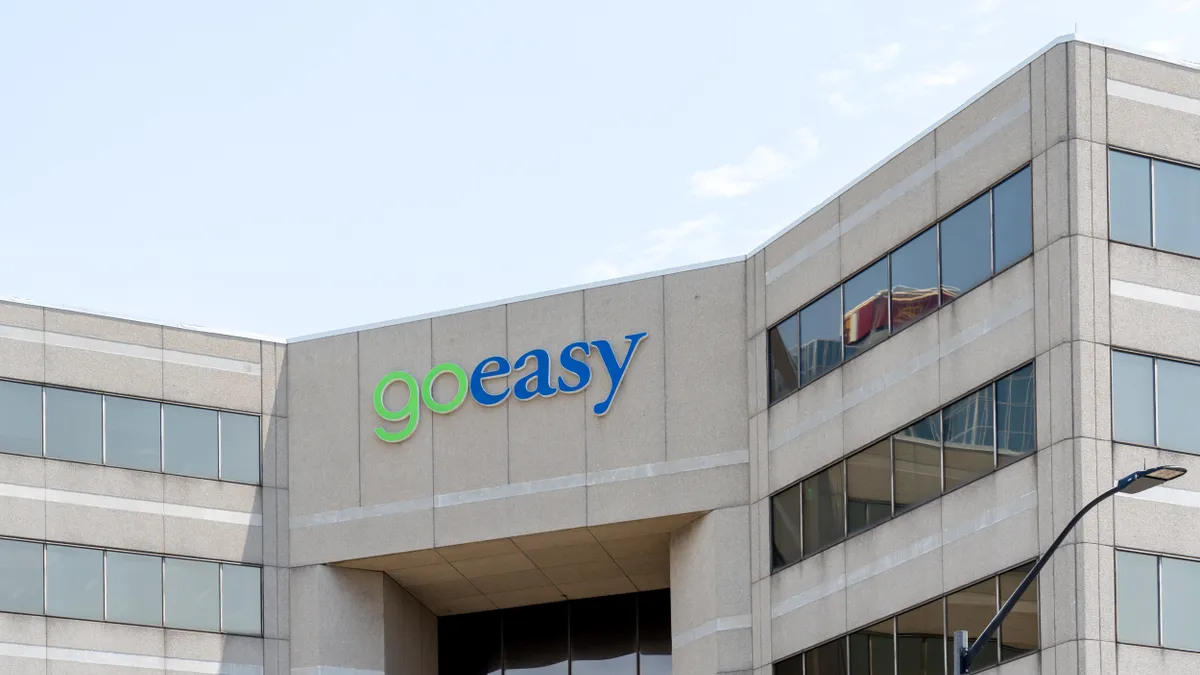CIOs are facing growing pressure to execute digital plans, but strategies can quickly fall flat without skilled teams. Increased turnover and poor relationships between business units and IT only add fuel to the fire.
Michael Eubanks, EVP and CIO at goeasy, crafted a three-part plan to build up the credibility of the technology team within the financial services company, which serves around 1.4 million Canadians.
1. Use open roles to bridge skill gaps.
2. Instill clear processes to ease knowledge management, repeatability and scalability.
3. Create a learning program for employees to build business acumen.
“You can imagine, as many of you are technologists, you’re still running a business as you’re trying to deploy those three solutions,” Eubanks said during the Gartner IT Symposium/Xpo in October. “We did have some ongoing issues.”
One of the problems was an ERP implementation to the core lending platform that Eubanks inherited when he joined the organization. Despite the initial goal of deploying a customized version of the platform in 12 to 18 months, retention challenges pushed the goal beyond reach.
Holding onto talent is a perennial challenge and it isn't getting any easier. Nearly half of technology workers say they expect to have a new employer by next year, according to a Harvey Nash report published in October. Attrition can impact culture, leave institutional knowledge gaps and derail project timelines.
The ERP implementation at goeasy was surpassing 24 months and not even halfway through when Eubanks was joined in 2020. Many of the workers, who had the institutional knowledge to build the expected customizations, had since left the organization.
“Those are telltale signs that you’re in trouble,” Eubanks said. “Like in any situation, when you figure out that you need to pivot, then you need to pivot, and that’s what we did in this case.”
Restarting from scratch
Effectiveness is vital to IT teams building trust within the organization, especially as enterprise success becomes more intertwined with the performance of technology.
Nearly two-thirds of IT leaders say their success is measured by impact on revenue, cost and strategy alignment, a ServiceNow survey published this month found.
Knowing when to stop a project is hard. Eubanks described the ERP implementation cancelation as “horrible,” but ultimately necessary.
“There were two sides to the coin: one side was absolutely devastated and disappointed,” Eubanks said. “They were about two and a half years in the middle of this modernization transformation, and then we pulled the plug. On the other side, half the people have gone.”
Canceled or unsuccessful projects are costly. Lamb Weston’s shaky ERP transition this year battered sales and decreased customer confidence. Hershey’s has weathered implementation challenges and sales dips amid a lengthy ERP migration project.
Modernization carries a hefty price tag, too. Legacy tech upgrades cost the average business nearly $3 million last year, according to a SnapLogic survey. More recently, enterprise focus has shifted to the cost of generative AI projects, many of which never make it past the proof of concept stage.
Scrapping a failing project and starting anew, rather than plowing through, may offer leaders another way out.
Goeasy restarted the ERP project from scratch, under the assumption that it would go live with a stable workforce and strengthened governance to support it.
Building team credibility was key to strengthening the relationship with the business and building a better culture among IT workers, according to Eubanks. The company set up councils and review boards to create consensus around prioritization. Eubanks said the governance structure added clarity, enabling faster release cycles and project delivery.
Clearer governance caused initial friction but paid off down the line. Eubanks underlined the importance of processes, such as documentation, for assessments and repeatability.
“Documentation is good, not bad,” Eubanks said. “The attrition that we felt, a lot of it had to do with the fact that it was institutional knowledge and no documentation.”
Goeasy also formalized an infield learning program to build business and technical acumen among the team. The program mandates workers to shadow a call center agent or underwriter or visit a branch for three hours per week. The goal is for team members to use the first-hand experience to enrich client support, resolution time and innovation.
“The good news is that in that engagement, we discovered how we were helping them and how we were hurting them,” Eubanks said.
Goeasy has since worked to modernize its existing tech stack, taking advantage of plugins and APIs, Eubanks said.
“We all concluded that it was the right decision eventually, and felt good making the decision together, and that was the key,” Eubanks said.





















